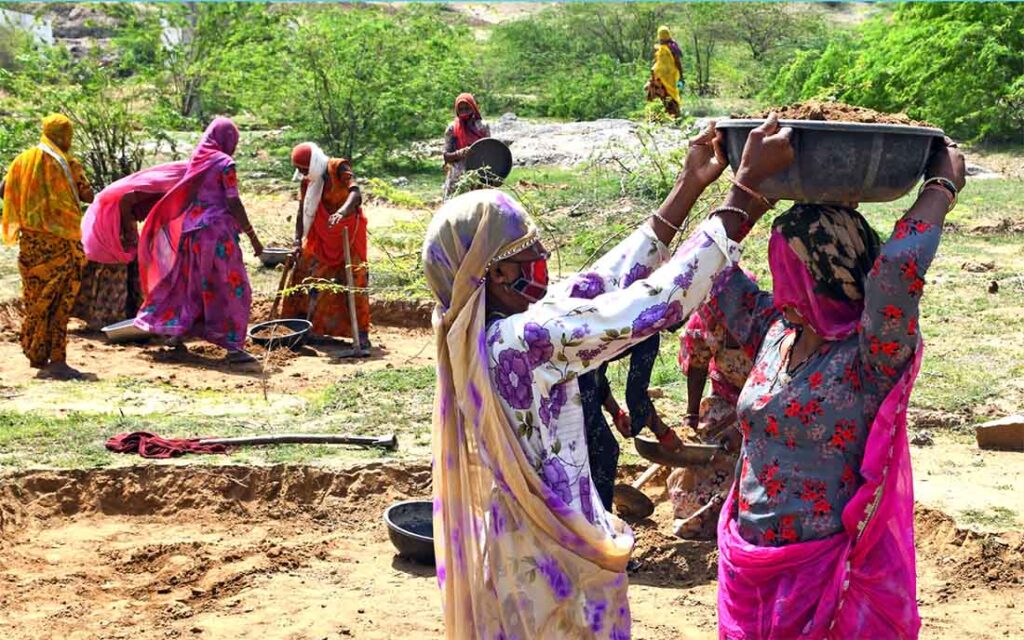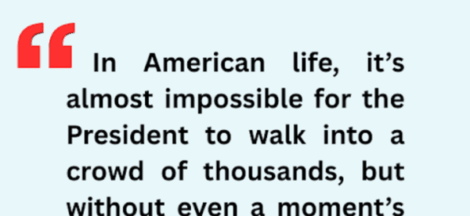By Rabindra Nath Sinha
KOLKATA: A recent assessment of the implementation of Mahatma Gandhi National Rural Employment Guarantee Act (MNREGA) shows that in 2024-25 only seven per cent of households could complete 100 days of work as provided in the Act passed by Parliament in September 2005 at the instance of the first UPA government. In 2023-24, households which were able to complete 100 days had steel marginally higher at 7.6 per cent.
Reinforcing the inference that execution remains tardy is another finding – there was a 7.1 per cent decline in persondays generated to 268.44 crore in 2024-25 from 288.83 crores in 2023-24. Though there was a 8.6 per cent increase in registered households to 14.98 crore from 13.8 crore in 2023-24 yet this did not result in improved employment the average of which per household worked out to 50.18 days, which marked a decline of 4.3 per cent on the 2023-24 estimate of 52.42 days.
These findings form part of the report released a few days back by LibTech, with which are associated a team of engineers, social workers and social scientists who are “interested in public service delivery in India”. Those associated with the exercise are working in multiple states for more than 10 years. The report clarifies that to ensure meaningful analysis some states have been excluded “as their contribution to national trends is minimal”.
It has also been recorded that New Delhi has stalled MNREGA funds to West Bengal for more than three years since March 2022 by invoking Section 27 of MNREGA 2005 [West Bengal has been from the start a major state dependent on MREGA and, therefore, certain key trends might have seen some variation had the states been in reckoning for the study, informed quarters told IPA. The reasons for New Delhi action are malpractices and deficiencies in execution, which have been the subject of on-the-spot inquiries by officials deputed by the Centre].
Households employed saw a drop of 2.9 per cent to 5.35 crore from 5.51 crore. The sharpest employment drop was witnessed in Odisha (34.8 per cent), Tamil Nadu (25.1 per cent) and Rajasthan (15.9 per cent). BJP wrested power for the first time in Odisha. Rajasthan is currently under BJP rule. Employment recorded maximum improvement at 39.7 per cent in Maharashtra. Gains were also registered at Congress-ruled Himachal Pradesh (14.8 per cent) and JDU’s Nitish Kumar-led, NDA-ruled Bihar (13.3 per cent).
A trend reversal for better, after deterioration, was witnessed in the last financial year when there was a net addition of 1.16 crore jobcards and 1.31 crore workers. These figures showed reversal of the trend of mass deletions – assessed at 7.8 crore — seen during FYs 2022-2024. The LibTech field study found that the bulk of addition of workers happened in the second half of 2024-25 possibly because of the issuance of fresh Standard Operating Practices on reinstating deleted job cards. However, reinstatement of deleted job cards did not result in visible increase in employment. Which was a sure pointer to persisting execution issues [According to regular MNREGA action watchers, deficiencies at the state level too contribute to the unsatisfactory state of affairs].
It has been assessed that 27.5 per cent of all workers and 1.5 per cent of active workers remained ineligible for Aadhaar-based Payment System (ABPS) as on April 7, 2025, which meant that there has been only some betterment in relation to 31 per cent and eight per cent respectively as on April 8, 2024. Application of the ABPS-ineligibility criterion to all workers shows Maharashtra, Gujarat and Jharkhand shows in poor light, the percentages being 63.4, 58.1 and 38.1 respectively. ABPS-ineligible workers are denied work by the frontline officials who fear non-payment of wages but forget that their action is tantamount to denying the needy their right to work. This, inspite of the rural development ministry’s assurances to the contrary. The field study did not reveal noticeable gains from ABPS, compared to the account-based systems.
Data reveal that administrative shifts, policy choices systemic rigidity are shaping the programme’s outcomes as much as grassroot demand and need. Persistent structural challenges continue to undermine the transformative potential of the scheme, which promises dignified rural employment. Honouring this promise warrants recommitment to the spirit of the Act – universal access, responsive governance and participatory accountability. Therefore, priority has to be given to consistent funding inclusive technological systems and a reorientation towards worker-first implementation framework.
The Act’s passage timing serves as a pointer that implementation remains tardy although MNREGA approaches two decades since its enactment. Its bad days started some months after the NDA government assumed office in May 2014 and Prime Minister Narendra Modi started targeting the scheme saying even after 60 years “people are still made to dig holes in the ground”.
Modi vented his ire and contempt during the budget session of Parliament in February 2015 and stretching a point he claimed to have better political sense than to scrap the programme ; he would rather keep it running because he finds it “a living monument to the failure of the Congress party”. Circumstances, however, have forced him and the Union government to continue the scheme and not only that the situation in the Covid years between 2020 and 2022 forced New Delhi to count heavily on MNREGA as the only option to alleviate country-wide rural distress, including those forced to reverse migration, during that phase. “The team behind this report” included Rahul Mukkera, Chakradhar Buddha and Shamala Kittane. (IPA Service)


 Pakistan Prime Minister’s Outreach To Iran Fails To Produce Desired Results
Pakistan Prime Minister’s Outreach To Iran Fails To Produce Desired Results 